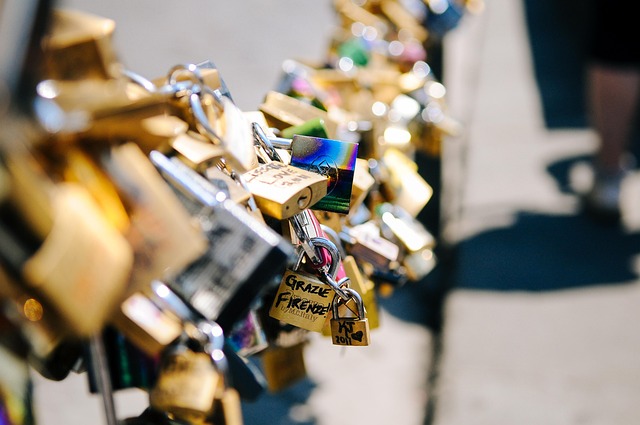
Mastering Conflict Resolution: Relationship Bridging Guide
Mastering Conflict Resolution: Relationship Bridging Guide
Conflict is an inevitable part of every relationship, whether it’s with family, friends, or partners. When disagreements arise, they can create emotional distance and erode trust. However, mastering the art of relationship bridging can turn conflicts into opportunities for growth and deeper connection.
The Importance of Communication
Effective communication is the cornerstone of relationship bridging. When conflicts arise, it’s essential to express your feelings openly and honestly. Instead of harboring resentment or shutting down, take the time to communicate what bothers you without blaming the other person. Use “I” statements to share your feelings — for instance, “I feel hurt when…” rather than “You always…” This approach fosters understanding and minimizes defensiveness.
Active Listening: A Key Component
Listening is just as vital as speaking. When discussing conflicts, practice active listening by fully concentrating on what the other person is saying. Show empathy and validate their feelings. For example, you can respond with, “I understand why you feel that way,” to show you are engaged and care about their perspective. This can pave the way for mutual understanding and strengthens the bond in your relationship.
Seek Common Ground
Identify shared goals and interests that can act as a bridge during conflicts. When both parties focus on a common goal, it shifts the mindset from adversaries to allies. Ask questions like, “What can we both agree on?” or “How can we work together to resolve this?” This cooperative approach promotes a sense of unity and can lead to solutions that benefit both sides.
Finding Solutions Together
Once you have established common ground, brainstorm solutions as a team. Encourage each other to share ideas without judgment. It’s essential to remain flexible and open-minded. Options may range from compromising on certain issues to agreeing on new approaches to prevent similar conflicts in the future. Working together to solve problems fosters teamwork and enhances the bond of relationship bridging.
The Power of Forgiveness
People make mistakes – it’s part of being human. Holding onto grudges can damage the quality of a relationship. To truly bridge the gap created by conflict, practice forgiveness. This doesn’t necessarily mean forgetting what happened, but rather choosing to let go of past grievances. This step allows both parties to move forward without the weight of old conflicts hindering their relationship.
Follow-Up and Check-In
After resolving a conflict, it’s crucial to check in with each other. This can involve discussing how both parties feel after the resolution and whether any lingering issues remain. Regular check-ins can help prevent misunderstandings and build lasting trust. It demonstrates that both individuals are committed to maintaining a healthy relationship, reinforcing the essence of relationship bridging.
Embracing conflict can be challenging, but it carries the potential for profound transformation. By applying these relationship advice techniques, you can turn conflicts into bridges that foster deeper connections, understanding, and love.


